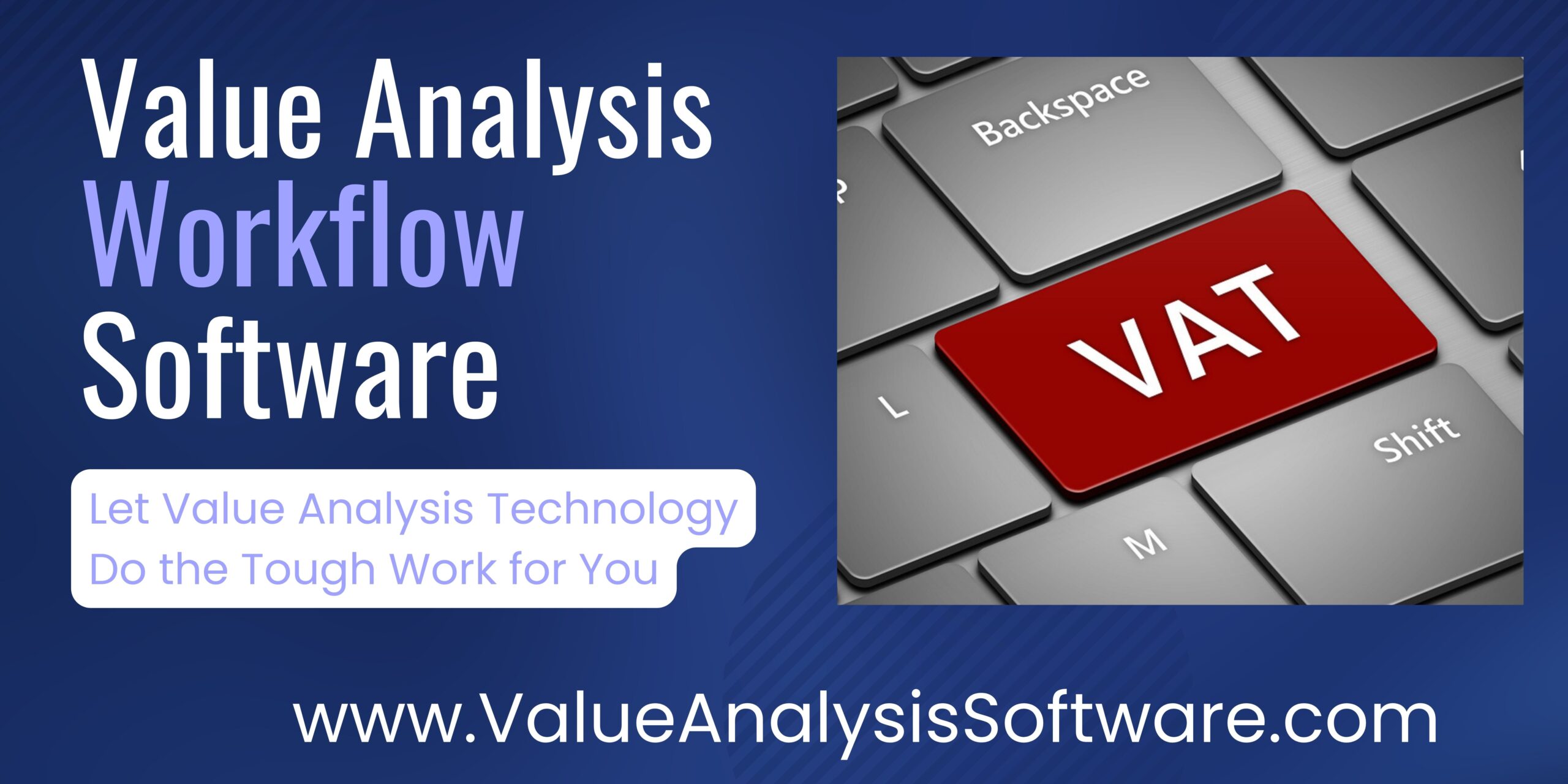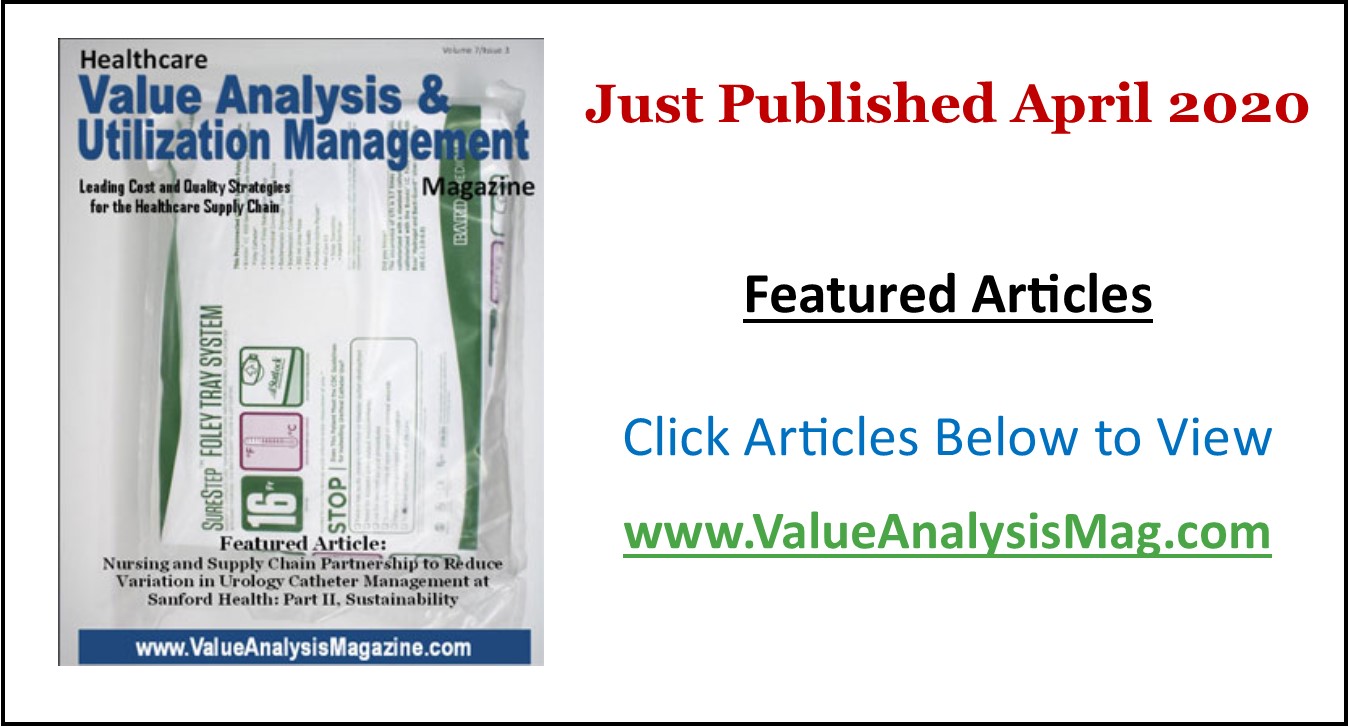Listen to the Entire Interview Conversation Bob Yokl Had With Suzanne Smith and Kerry Lepage Below:
With Suzanne Smith, Solutions Advisor, Lumere—a GHX Company, and Kerry Lepage, Clinical Nurse Leader and Director of Surgical Services at Maine Health.
Suzanne and Kerry discuss how they got into healthcare supply chain and value analysis, successful strategic sourcing initiatives, the key stakeholders in value analysis, and how to gain buy-in for successful change.
HVAUM: How did both of you get into roles within the healthcare supply chain and, more specifically, value analysis?
KP: I started in an academic hospital in 2005, actually the same time that Suzanne started her role as a value analysis nurse. It all began with initiatives involving clinicians who were asking for specific products and many times were expensive, sometimes they were new on the market. This also coincided with hospitals and health systems looking to save money in a big way. In working with Suzanne and her value analysis team, we brought this all together and started an amazing partnership. This partnership and teaming was highly successful for many years and we have seen the full spectrum of value analysis from the simple and straightforward to the highly complex and everything in-between.
SS: My story is kind of funny. I had been an oncology nurse for many years, and I wanted to do something different. People had told me my whole life that I was really good with numbers. I wanted to be home more with my children, and I wanted a more normal schedule because as you know, nurses work weekends and holidays. This VA job appeared, and I said to myself, I think I can do this. I had to convince people that I could do this job, even though I had no experience. And the job was to be the first value analysis nurse for a health system and then grow the program. The person who hired me said, “Suzanne, this is not for the faint of heart.” And I said, “You are talking to an oncology nurse. I know all about things that are challenging and difficult.” The job was difficult in a different way but then again, here I am 25 years later.
Kerry and I grew up together in value analysis and at Maine Health.
HVAUM: What sort of insights or value have you gleaned thanks to a greater emphasis on value analysis?
SS: I have learned that, when possible, you really should use evidence when you’re talking about value analysis and you’re making decisions. It’s really important to have that be part of the process. Also, with evidence and data you have to make sure that everyone hears the same thing and sees the same when working towards those challenging decisions. They must be made in the most objective way possible. Plus, I think of value analysis as a problem-solving process because the problem is we have to save money, we have to reduce suppliers, we have to improve quality, we have to bring on a new procedure, a new service line, etc. So that’s how I like to think about value analysis. That would be my biggest insight. We’re problem solvers.
HVAUM: Can you tell us about a particularly successful strategic sourcing initiative and how it’s delivered value to your organization?
KP: One of the biggest initiatives that Suzanne and I did early on in both of our careers was a glove initiative. It started with patient safety. We were using gloves with powder, and we were looking to convert to powderless gloves. We thought this was going to be an easy conversion. Of course, we found out that would not be the case. There were lots of bumpy roads in that conversion. We made it happen starting with meetings with all the frontline staff. Then, we met the surgeons and then the vendors. We did cross references. We enlisted the vendors to work with the staff and surgeons so they had an idea of what different gloves they could use. This value analysis process took three months. The end results were huge. It ended up being a six figure cost savings as well as meeting the customers’ exact requirements. To this day, Maine Health as a whole is still using these gloves. This conversion wasn’t without some difficulties and roadblocks along the way.
SS: This glove conversion was the very first initiative I decided to do in my new value analysis role. I think what this speaks to is really understanding different perspectives and having that cross-functional collaboration when you’re doing any kind of a strategic sourcing initiative; bringing in those end users, like Carrie said, showing them the data and the evidence, and talking about why we missed the mark. It turned out to be just growing pains. My advice to those new VA professionals in similar situations is to be brave. Don’t give up. I remember being in a room with Carrie and the nursing director at the time, and just being nervous that I had done something wrong.
KP: Let’s talk about another initiative about bone cement savings that was a six-figure savings. We brought in the physicians and showed them the data. We worked with the vendor who shared more information on the white papers. We had our physicians talk to other physicians who had been using these bone cements for years with very good outcomes. The physicians now had good data to support this change and we felt that this was a safe product for them to use. After a little bit of time and conversation back and forth, the physicians agreed to trial this. We had a conversation after the trial process and asked if they would be willing to convert. The physicians said yes. We switched vendors and everything was going well, we were saving money.
Then six months down the road, we were getting reports from the physicians that the implant was de-bonding on not just a couple patients, but more. We got that feedback from the physicians and then changed back to the original bone cement vendor. Interestingly, in working with the original vendor, we were able to make some large bulk buys and ended up with the same amount of savings as we did with the vendor that we had switched to in the conversion. Sometimes conversions go well, sometimes they don’t. I think that was a good example of getting to know the physicians involved, showing them the data, and letting them make the decision on whether or not we should convert. Unfortunately, it didn’t go as planned, but the end result was that the institution saved money and the patients (and physicians) got a good product in the end.
SS: That’s what builds trust. It builds relationships. And none of this can happen without that, without us sharing our perspectives and why we do what we do. I think that it’s really important to be able to go back to the physicians and say, “We didn’t make the right choice here, and we’re going to make a different decision.” That really did build trust with that physician group. Our physician champion chaired our Orthopedic Value Analysis Committee for many years and was a wonderful person to work with.
Funny story: A vendor called him about a new product, and he said, “Oh no, you can’t talk to me. You have to first talk to Suzanne Smith about this.” What that told me was that we had gotten to the point where he understood that for any vendor to bring in a new product, it had to go through supply chain and value analysis first, not to the physician first. That was a huge moment. It really was. It seemed small and I laughed about it, but the vendor knew too. That is our process.
HVAUM: Who are the key stakeholders that you normally deal with in value analysis and how do you work with them to gain buy-in and collaboration so that you can drive successful and sustained change?
KP: It depends on what the initiative is. We consider whether this is a commodity that is affecting the whole organization, whether you’re going to want a physician lead who might be the service line chief, and whether it’s something that is specific within a certain service. If it’s something that crosses over between service lines, you might want to pick one or two physician leads to be stakeholders for that specific initiative. The thing that’s really important, and Suzanne has said this too, is that data is key. Showing them why we’re doing this, what the market share is, and what the savings are is very important.
SS: You have to also consider other stakeholders who we would consider non-clinical. You’ve got your VP of supply chain, your finance team, your reimbursement people, quality, safety, risk, infection prevention, etc., and we make sure that those perspectives are also considered when we do some of these larger initiatives. Because I love the word sustain. I always say that anyone can get a single win on a contract, but can you sustain that over time? And I think that’s why Carrie and I really wanted to share that project with you around the gloves because it has sustained over many, many years. The other thing that I’m seeing a bit more involved with value analysis is folks who are doing process improvement at their organization.
Articles you may like:
Healthcare Value Analysis Leadership Interview: Vendor Value





